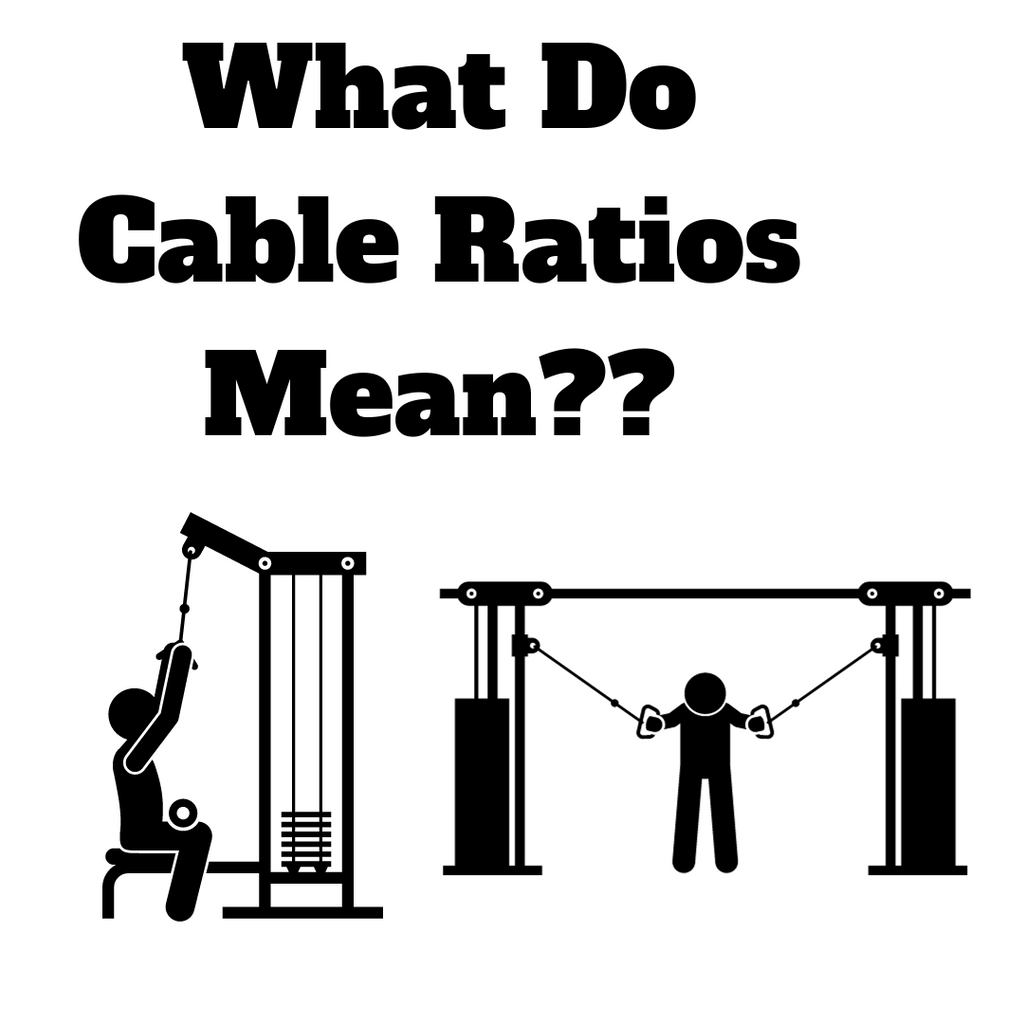Blog posts
December 27, 2025
What Do Cable Ratios Mean?
Cable Ratios on Gym Equipment: Cable ratios on gym equipment describe the relationship between the weight selected on the stack and the actual resistance experienced by the user. These ratios...

Why Should You Look At Getting A Treadmill
While personal preferences play a significant role in choosing between running on a treadmill and running outdoors, there are situations where running on a treadmill can be more advantageous. Here are...

What Kind Of Exercise Bike Should You Get?
If you are looking at getting an exercise bike for your home gym, it is important to have a look at the different options that are available to you. Here...

Why Is Stretching Before Your Workout Important?
Stretching before a workout is a crucial yet often overlooked component of any exercise routine. It plays a pivotal role in preparing your body for physical activity and offers numerous...

Slam Balls, Medicine Balls And Wall Balls, What Is The Difference
Slam balls, medicine balls, and wall balls are all types of fitness equipment commonly used in various training routines. While they might seem similar at first glance, they each serve...

Looking to Gain Muscle?
Gaining muscle doesn't always require a fancy gym membership or extensive equipment. With a well-designed home gym setup and a commitment to consistent training and nutrition, you can effectively build...

What Kind Of Rowing Machine Should You Be Getting?
When contemplating a rowing machine, you have numerous options to consider. There exist three primary variations of rowing machines: Magnetic Rowers, Air rowers, and Water rowers. To aid you...

Cardio Tips For Your Workout Routine!
Cardiovascular exercise, commonly known as cardio, plays a crucial role in maintaining overall health and fitness. Whether your goal is weight loss, improved heart health, or increased endurance, incorporating cardio...

How Can You Look At Loosing Weight At Home?
Weight loss with a combination of dieting and a home gym can be an effective and sustainable approach to achieve your weight loss goals. While exercise helps burn calories and...
